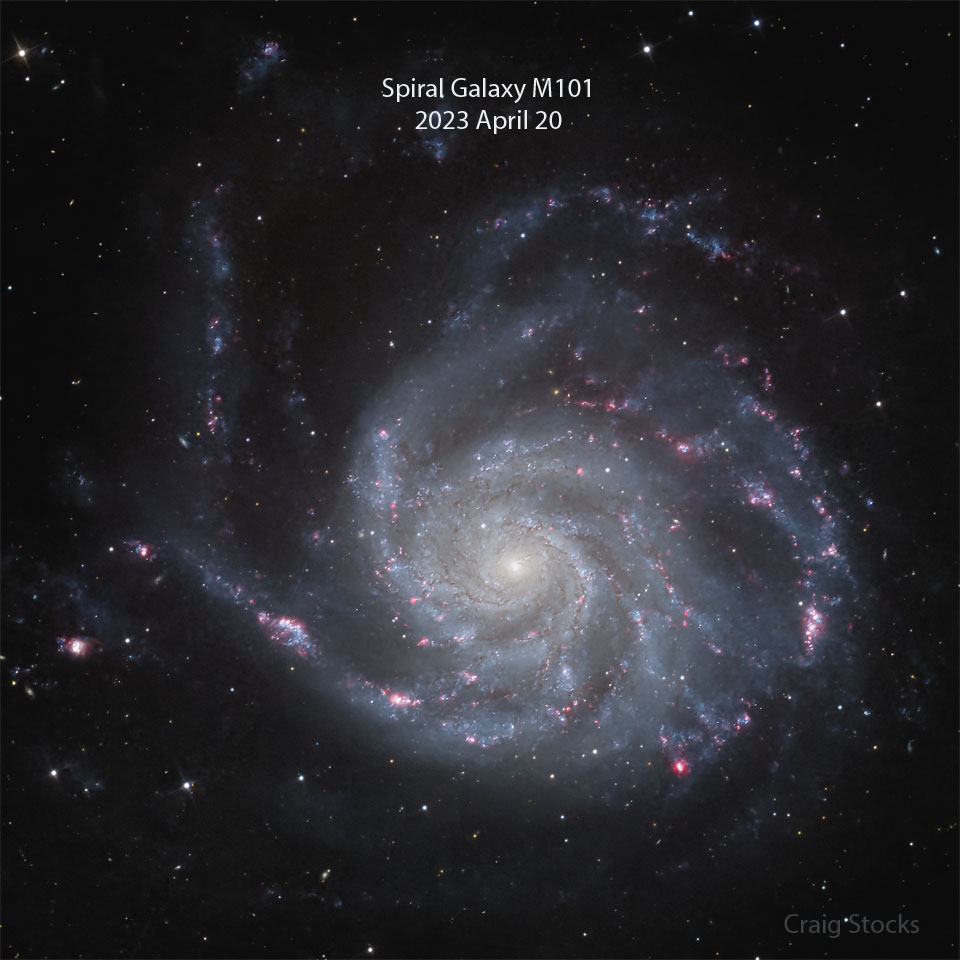Okay, a few more words on supernovas. Specifically, a few more words on supernovas type II.
Supernovas type II are core-collapse supernovas. They arise from the inert iron cores of massive stars that can no longer generate any energy in their cores to stop themselves from collapsing. So they collapse.
Supernovas type II are unpredictable. They can be bright, and they can be faint. The famous supernova 1987A was faint:
Luis A. Milone et al. wrote:
V and B light curves for supernova 1987A covering some 120 days from the outburst are here presented and discussed; they are shown to be rather atypical for a type II supernova. The absolute magnitude at maximum brightness is also analyzed, and after applying a correction for interstellar absorption we obtain M V, max, 0 =−16.1, and M B, max, 0 =−14.7;
it is then concluded that 1987A is a supernova quite fainter than average. A comparison with other known supernova is made and some similarity is found with peculiar objects such as 1948B in NGC 6946, and probably, 1909 A in M 101.
But if a supernova whose absolute V magnitude was −16.1, what is then the "typical" brightness of supernovas? Well, if we describe the typical luminosities of supernovas type Ia as "normal for supernovas", then the typical absolute V magnitude for a supernova is
−19.3. This means that SN 1987A was three magnitudes fainter than a typical supernova type Ia (although I stress again that SN 1987A was a type II supernova).
But other type II supernovas are bright, like SN 2006gy.
E. O. Ofek et al. wrote:
With an extinction-corrected V-band peak absolute magnitude of about -22, supernova (SN) 2006gy is probably the brightest SN ever observed...
According to
Wikipedia, the peak apparent magnitude of the supernova (at a distance of 238 million light-years) was +14.2. But the apparent magnitude of
the entire galaxy is +14.3! The supernova was indeed brighter than the galaxy! And the galaxy is bright, probably at least as bright as the Milky Way.
And of course,
SN 2006gy was some six magnitudes brighter than SN 1987A in the Large Magellanic Cloud.
More remarkable still, NGC 1260, home to one of the brightest supernovas that humanity has recorded, is a galaxy dominated by old low-mass stars.
So, yeah. Supernovas type II are strange. They can be bright, they can be faint, and they can appear exactly in the sort of galaxies where you would expect them, like in M101, or in galaxies where they could hardly be more out of place, like in NGC 1260.
What about the new supernova in M101, SN 2023ifx? Well... it looks a bit on the faint side to me. Of course, it is still brightening.
Ann
 Supernova Discovered in Nearby Spiral Galaxy M101
Supernova Discovered in Nearby Spiral Galaxy M101




